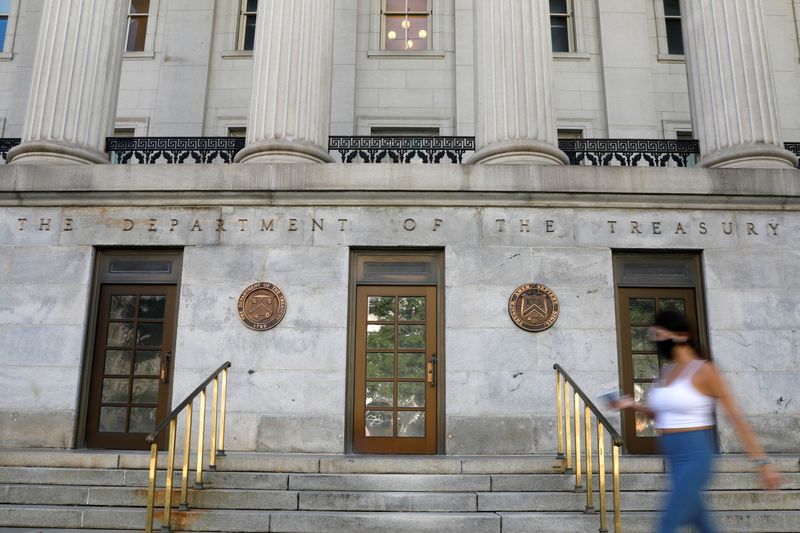Persistent US federal deficits hurt GDP, incomes & living standards: Piper

The persistent and large federal deficits in the US, estimated at around $1.8 trillion (6.4% of GDP), are posing noteworthy risks to the economy, Piper Sandler economists said in a Tuesday report.
These deficits, coupled with robust state and local spending, threaten to keep inflation high and interest rates elevated in the short term. However, the long-term implications are even more concerning.
In the note, Piper economists highlight that persistent federal deficits are likely to slow potential GDP growth, which in turn depresses incomes and living standards while increasing the poverty rate.
“Big government deficits often ostensibly generated to support the economy actually boost poverty and reduce real incomes,” notes the Piper Sandler team.

The reason for this is that government borrowing crowds out private investment, which slows job creation and economic growth, leading to a vicious cycle of increased fiscal stimulus and larger deficits.
Moreover, mandatory federal spending, including Social Security, Medicare, and interest payments, is identified as the primary driver of these deficits. The situation is further exacerbated by higher defense and Employment Retention Credit outlays, economists say.

The Congressional Budget Office (CBO) forecasts that deficits will consistently surpass potential GDP growth, meaning fiscal shortfalls will exceed what the economy adds naturally each year. That scenario was previously seen only in the aftermath of the Global Financial Crisis and during the COVID-19 pandemic.
“Additionally, federal interest outlays alone are expected to exceed nominal GDP growth within the next decade. Both highlight the threat of big deficit spending crowding out eco growth,” Piper’s team wrote.